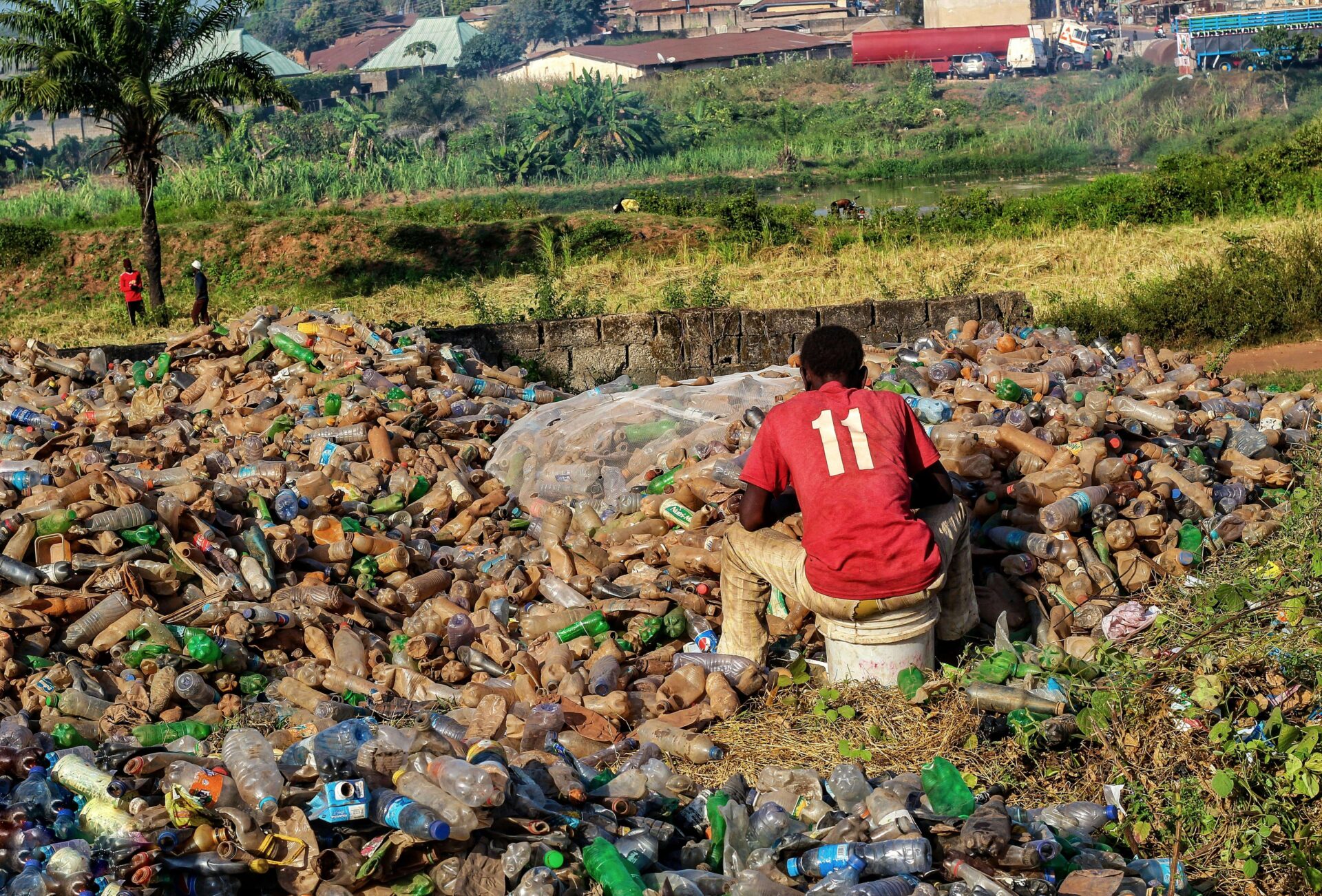
- Plastic contains over 16,000 types of chemicals with 1 in 4 hazardous chemicals
- The use of plastic in Indonesia continues to increase every year
- The negative impact of plastic waste has occurred in Indonesia
Read More:
- Why Green Open Space are Important in Urban Areas?
- High Indonesian RLI Value: How Did Biodiversity Extinction Occur?
One of the environmental problems that has become the latest issue in the world is plastic waste. The changing times cause various conveniences in life, one of which is in the form of plastic. Plastic as one of the materials is quite cheap and practical. This material has many types and is widely used as a wrapping container.
Plastic with all the conveniences it has has its interests for consumers. The use of plastic around the world is increasing every year. However, a lot of plastic waste is found in various locations. The existence of this material is increasingly worrying because plastic causes various adverse effects on the environment and human health.
Why is Plastic Waste so Dangerous?
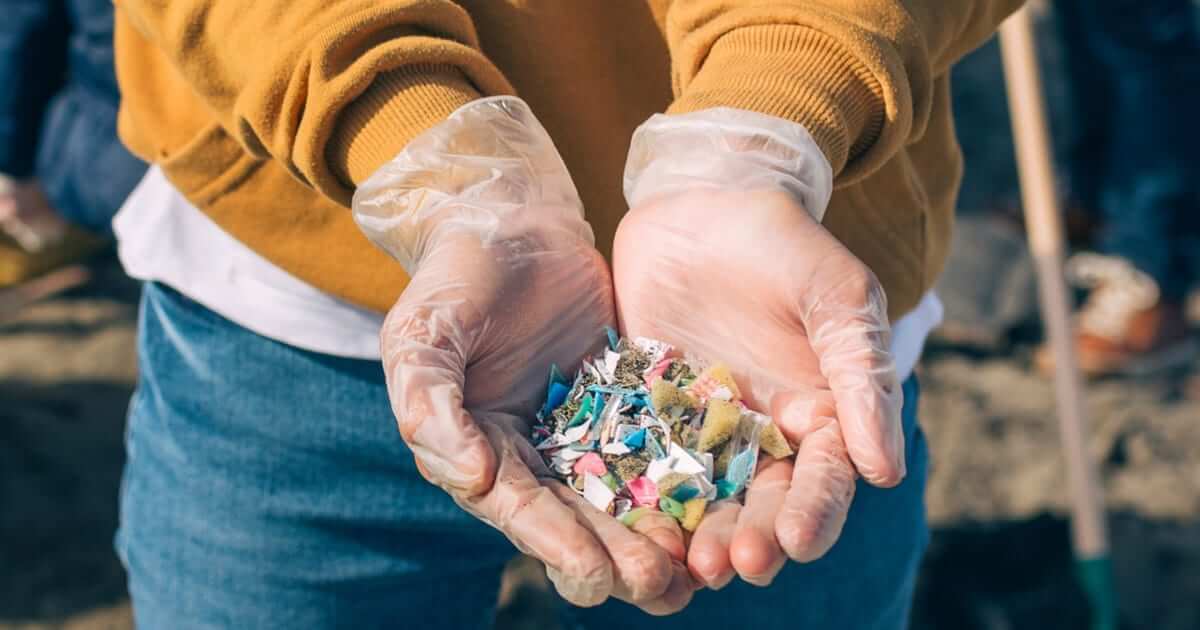
Just like other waste, waste in the environment does not go through a processing process first. The plastic is often still in its original condition or destroyed. Even though plastic has a very small size (microplastic), it still has negative impacts.
Research conducted by PlastChem in the State of the Science on Plastic Chemicals found more than 16,000 chemicals in plastics. Of all chemicals contained, at least 1 in 4 chemicals are hazardous chemicals. Some of the key findings from the study are as follows:
- At least 26% or about 4,200 chemicals can pose a danger to the environment and/or health
- 400 chemicals are found in all types of plastics
Therefore, it is necessary to make plastic that is safer and more environmentally friendly. To achieve this, new methods are needed in regulating chemicals through identifying dangerous chemicals and regulating hazardous plastic chemical groups.
Recommendations
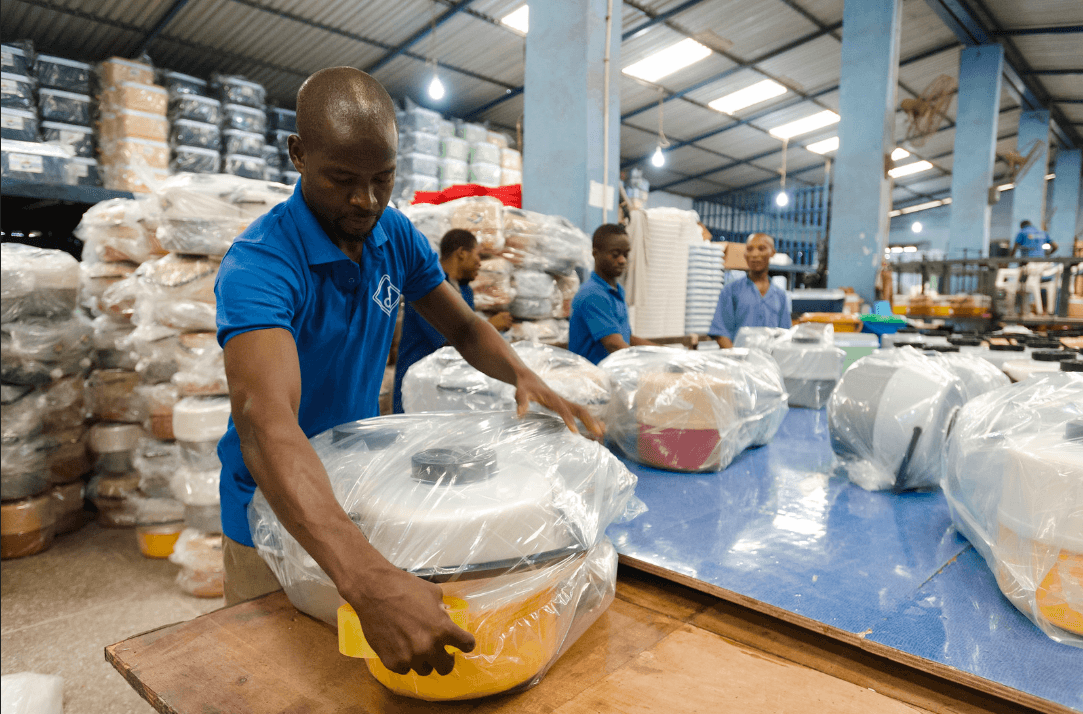
In addition to the discussion of chemicals in plastics, there are 4 recommendations in the study. These recommendations can be considered by decision-makers to reduce the negative impact of plastic.
- Control the usage of hazardous substances found in plastics
- Enhance transparency regarding the chemicals utilized in plastic manufacturing
- Simplify plastic composition to minimize chemical exposure
- Enhance collaboration and resources to facilitate cooperation among authorities, industry players, and researchers for improving plastic quality
Then, How Much Plastic Waste is in Indonesia?
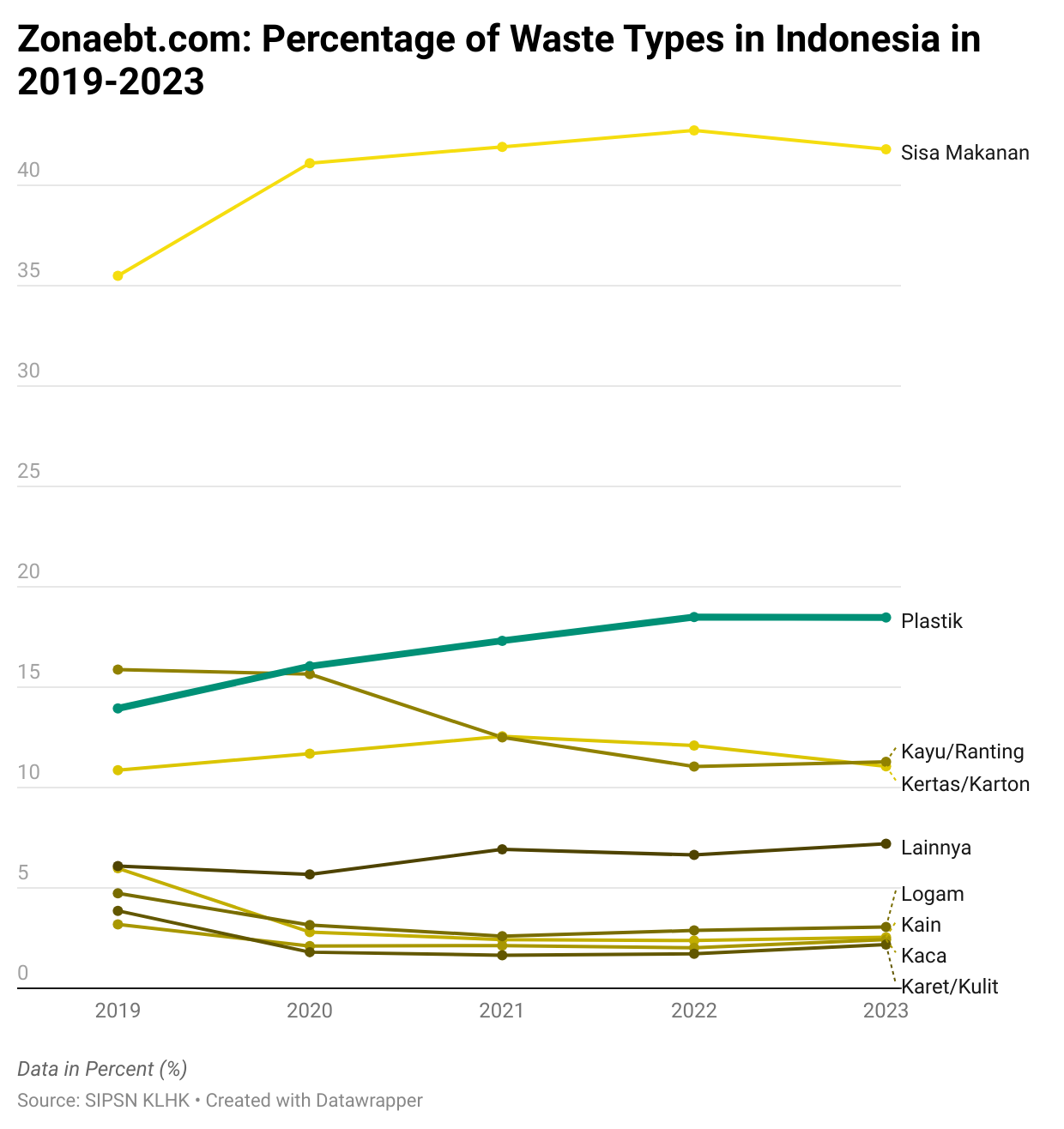
The use of plastic in Indonesia continues to increase every year. Data on the percentage of plastic waste in Indonesia continues to increase during 2019-2023. The increase in the percentage of plastic waste is accompanied by an increase in waste generation in Indonesia.
Plastic waste is the most common type of waste in Indonesia after food waste. In 2023, the amount of waste generation in Indonesia will reach 18,414,659.08 tons. Thus, the amount of plastic waste generation in Indonesia in 2023 will reach 3,401,187,532 tons with a percentage of 18.47% of the total waste generation.
Proof of Harm Caused by Plastic Waste
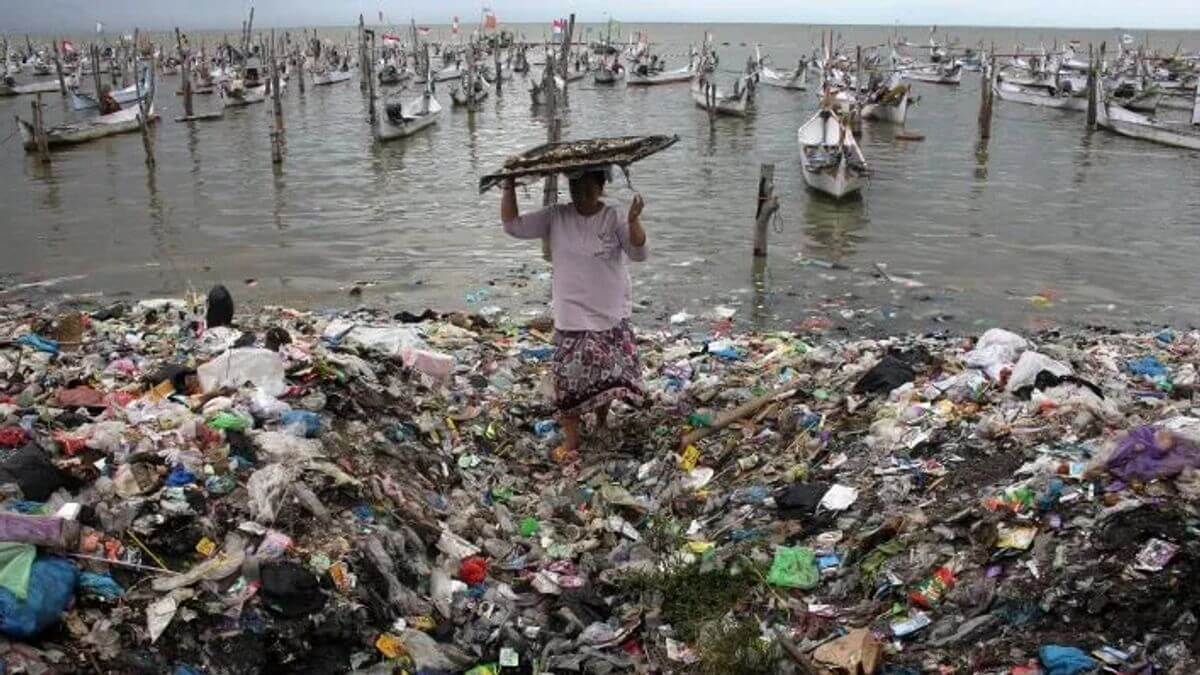
The huge amount of plastic waste in Indonesia has various adverse impacts on the environment and health. The resulting hazards can vary, such as environmental pollution, health problems, and other disasters. Some examples of evidence of the negative impact of plastic that occurs in Indonesia include the following:
- Siltation of reclaimed beaches, plastic waste thrown into the sea is carried away by currents and stuck in Jakarta Bay. As a result, sea surface currents become disrupted and decrease to reach 0-4 meters per second.
- Environmental pollution, one form of pollution that occurs in the form of heavy metal pollution in sediments in Jakarta Bay. At least, there is copper metal pollution, lead, cadmium, nickel, zinc, and mercury that occurs in Jakarta Bay.
- Damage to ecosystems, ecosystems can be disrupted due to pollution caused by plastic. The chemical content in plastic causes damage to the ecosystem in Jakarta Bay. In addition, microplastics formed are found in the body of marine life that considers it as food. As a result, the death of marine life and loss of marine ecosystems were found.
- Health problems, pollution caused to the environment can have a bad impact on humans. Microplastics have been found in the bodies of animals intended for human consumption. Apart from that, the water that humans drink also has the potential to contain various types of pollutants. As a result, humans who consume polluted water and animals will experience various health problems.
Small Actions Make a Big Impact
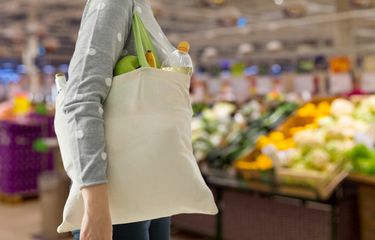
Then, what can we do to overcome the problem of plastic waste? As a consumer, the use of plastic is certainly a natural thing and has become a habit. For this reason, it is necessary to change the habit of using plastic. In addition, there are several other things we can do as follows:
- Reduce the use of single-use plastics and use other items
- Avoid buying food and beverages with plastic packaging, especially products packaged in small sizes such as sachets
- Reuse plastic that is still suitable for use
- Recycling plastic waste into goods that have benefits
Read More:
- How to Reduce 70% Plastic Waste in Indonesia?
- Saving the Forest Fires: Indonesia’s Important Role in AATHP
Plastic waste contains many dangers that are not even fully known to humans. Therefore, we need to make efforts to reduce the use of plastic through various means. So, after knowing the dangers of plastic, will you reduce the use of plastic? Write your thoughts in the comments section, EBT Heroes!
#ZonaEBT #SebarTerbarukan #EBTHeroes
Editor: Bellinda Putri Hidayat





37 Comment
Breaking News, Pictures, Videos, and Special Reports from The Star News Today
https://www.thestarnewstoday.com/
Your approach to this topic is spot-on. Thanks for the clarity.
pin up az?rbaycan https://azerbaijancuisine.com/# pin up casino azerbaycan
pin-up oyunu
mexico drug stores pharmacies mexican pharmacy buying from online mexican pharmacy
mexico pharmacies prescription drugs northern doctors pharmacies in mexico that ship to usa
mexican pharmaceuticals online pharmacies in mexico that ship to usa pharmacies in mexico that ship to usa
mexico pharmacies prescription drugs mexican northern doctors mexican pharmaceuticals online
medication from mexico pharmacy: northern doctors – pharmacies in mexico that ship to usa
mexico drug stores pharmacies mexican mail order pharmacies mexican pharmaceuticals online
mexican drugstore online: mexican pharmacy northern doctors – buying prescription drugs in mexico online
buying prescription drugs in mexico online mexican pharmacy northern doctors mexican pharmaceuticals online
mexico drug stores pharmacies: mexican pharmacy – mexico pharmacy
mexico pharmacies prescription drugs northern doctors pharmacy pharmacies in mexico that ship to usa
buying prescription drugs in mexico online: Mexico pharmacy that ship to usa – mexican rx online
https://cmqpharma.com/# mexican rx online
reputable mexican pharmacies online
mexican online pharmacies prescription drugs
https://cmqpharma.com/# mexico drug stores pharmacies
buying prescription drugs in mexico
buying from online mexican pharmacy: mexico drug stores pharmacies – buying prescription drugs in mexico online
canadian pharmacy reviews: canadian pharmacy world – canadian pharmacies comparison
http://foruspharma.com/# mexico pharmacies prescription drugs
legit canadian pharmacy: 77 canadian pharmacy – best rated canadian pharmacy
top 10 online pharmacy in india: online pharmacy india – top online pharmacy india
https://foruspharma.com/# pharmacies in mexico that ship to usa
indian pharmacies safe: cheapest online pharmacy india – top 10 pharmacies in india
mexico pharmacies prescription drugs: mexico drug stores pharmacies – mexican pharmaceuticals online
Online medicine order: buy prescription drugs from india – indian pharmacy paypal
http://indiapharmast.com/# best india pharmacy
pharmacy website india: indian pharmacies safe – top 10 online pharmacy in india
http://paxloviddelivery.pro/# paxlovid for sale
https://amoxildelivery.pro/# amoxicillin no prescipion
https://doxycyclinedelivery.pro/# can i purchase doxycycline over the counter
http://paxloviddelivery.pro/# paxlovid india
https://doxycyclinedelivery.pro/# cost of doxycycline canada
https://paxloviddelivery.pro/# paxlovid price
https://paxloviddelivery.pro/# paxlovid cost without insurance
https://clomiddelivery.pro/# where to get clomid no prescription